CONTENTS
- Supreme Court’s Ruling on the Electronic Voting Machines
- US Approves Financial Aid for Ukraine, Israel, and Taiwan
Supreme Court’s Ruling on the Electronic Voting Machines
Context:
The rejection by the Supreme Court of India of the request for a full 100% verification of the paper trail produced by electronic voting machines isn’t surprising, given the absence of concrete evidence indicating any significant flaws in the current verification system. The unanimous opinions of the Bench reaffirm the judiciary’s trust in the integrity of the electoral process, particularly since the implementation of the Voter-Verifiable Paper Audit Trail (VVPAT).
Relevance:
GS2- Elections
Mains Question:
With reference to the recent ruling of the Supreme Court on verification of the paper trail produced by electronic voting machines, discuss the rationale behind the introduction of VVPAT and analyse how successful has the initiative been? (15 Marks, 250 Words).
Electronic Voting Machines (EVMs):
- Electronic Voting Machines (EVMs) are electronic devices utilized for recording votes electronically. They were initially deployed in the Paravur Assembly Constituency of Kerala in 1982.
- By 2003, all state elections and by-elections were conducted solely using EVMs. Encouraged by this success, in 2004, the Commission made a historic decision to exclusively employ EVMs for Lok Sabha elections.
- The development of EVMs was undertaken by the Technical Experts Committee (TEC) of the Election Commission in collaboration with two Public Sector undertakings: Bharat Electronics Ltd, Bangalore (under the Ministry of Defence) and Electronic Corporation of India Ltd, Hyderabad (under the Department of Atomic Energy).
- Functionally, an EVM consists of two components: a Control Unit and a Balloting Unit connected via a cable.
- The Control Unit remains with the polling officer, while the Balloting Unit is placed inside the voting booth.
- Voters simply press the blue button on the Ballot Unit corresponding to their chosen candidate and symbol to cast their vote.
- Key features of EVMs include their ability to record a maximum of 2,000 votes, their independence from electricity, operating instead on an ordinary battery assembled by Bharat Electronics Limited/Electronics Corporation of India Limited.
- The microchip used in EVMs is a one-time programmable/masked chip, making it impossible to read or overwrite. Additionally, EVMs are stand-alone machines without any operating system.
VVPATs:
- A VVPAT machine, short for Voter Verifiable Paper Audit Trail machine, is affixed to the ballot unit of an Electronic Voting Machine (EVM).
- Its function is to provide a visual confirmation of the vote cast by a voter by generating a paper slip containing the voter’s choice.
- During the voting process, the VVPAT machine displays the details of the candidate chosen by the voter on a slip of paper for visual verification.
- This slip is briefly exhibited behind a glass window, allowing the voter approximately 7 seconds to verify the details before it drops into a compartment below.
- Voters are not permitted to retain the VVPAT slip, as it is utilized for verifying votes in five randomly selected polling booths.
- The introduction of VVPAT aims to bolster confidence in the electoral process by facilitating physical verification of electronically cast votes.
- This measure seeks to reassure both voters and political parties regarding the accuracy of the voting process.
- The concept of the VVPAT machine was initially proposed in 2010 during discussions between the Election Commission of India (ECI) and various political parties, with the objective of enhancing transparency in EVM-based polling.
- In 2013, amendments were made to the Conduct of Elections Rules, 1961, permitting the attachment of a printer with a drop box to the EVM.
- The first use of VVPAT occurred in all 21 polling stations of the Noksen Assembly constituency of Nagaland in 2013, paving the way for its phased introduction as decided by the ECI, with complete adoption targeted by June 2017.
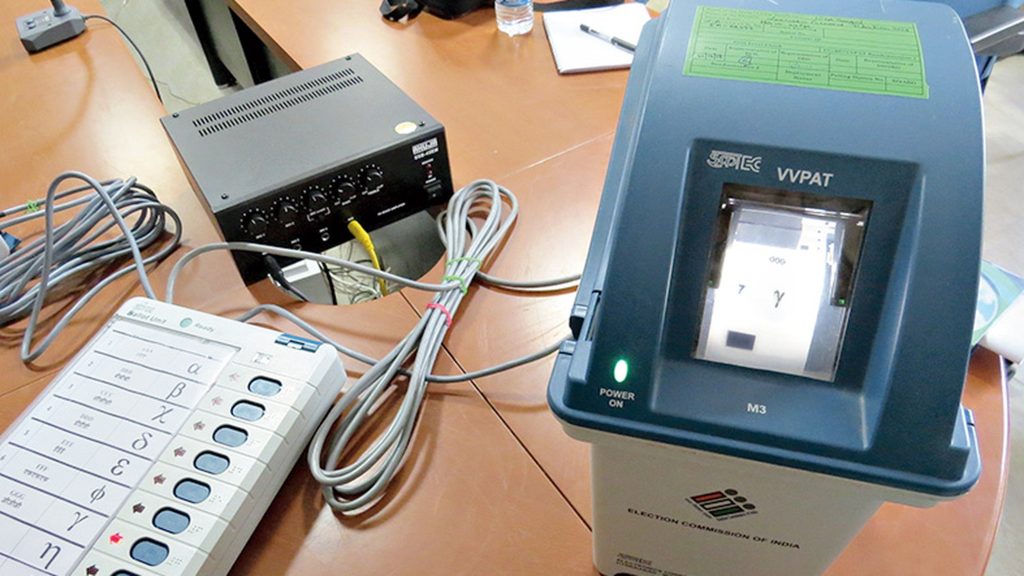
More on the Court’s Decision:
- Additionally, the Bench dismissed the notion of returning to paper ballots, deeming it a backward step that would counteract the progress made in eliminating vulnerabilities associated with such ballots.
- This isn’t the first instance where the Court has chosen not to intervene with the existing system, having previously declined requests for 50% and 100% verification of the paper trail in separate cases.
- The Court used this opportunity to reassess the administrative and technical safeguards in place and found no reason to doubt its efficacy.
- Two directives were issued by the Court to address other concerns: securing and safeguarding symbol loading units for 45 days post-results declaration, and allowing the top two losing candidates to request verification of micro-controllers in 5% of the EVMs in specified polling stations to detect potential tampering.
2013 Ruling of the Supreme Court:
- In a ruling from 2013, the Supreme Court emphasized that a paper trail is essential for ensuring elections are free and fair. In another instance, it supported increasing the number of polling stations where VVPAT verification would occur, from one per Assembly constituency or segment to five.
- The introduction of a paper audit trail was a response to concerns that voters had no way of confirming if their votes were recorded accurately.
- It’s somewhat ironic that the verification system implemented to address these fears has now become a point of contention regarding the extent of verification needed for the paper trail.
Conclusion:
Justice Sanjiv Khanna, in his opinion, noted suggestions that VVPAT slips could be counted using machines and that symbols loaded in VVPAT units could be barcoded for easier counting in the future. It’s evident that such technological advancements alone can enhance trust in the process. A broader issue is the mistrust and suspicion towards the Election Commission of India, which indicates a level of doubt not previously seen. While voter confidence in the voting and counting system is crucial, it’s equally important for the election watchdog to be perceived as impartial.
US Approves Financial Aid for Ukraine, Israel, and Taiwan
Context:
After extensive negotiations, the United States Senate has approved, with bipartisan backing, a $95 billion aid program destined for Ukraine, Israel, and Taiwan. The final vote count stood at 79-18, with three Democrats aligning with 15 Republicans in opposition to the bill. This aid package amalgamates four separate bills previously passed by the House of Representatives over the weekend.
Relevance:
GS2- Bilateral, Regional and Global Groupings and Agreements involving India and/or affecting India’s interests.
Mains Question:
How is the US financial aid to countries like Ukraine, Israel, and Taiwan linked to its domestic political situation from the republic and democrats’ side? What impact does this funding has on the global situation extending beyond the domestic policies in the US? (15 Marks, 250 Words).
US Relations with Ukraine, Israel, and Taiwan:
Ukraine:
- Regarding Russia, both the EU and the U.S. have imposed sanctions in response to Russia’s actions in Ukraine, including the illegal annexation of Crimea and support for separatists in eastern Ukraine.
- These sanctions have targeted Russian officials, corporations, and state banks, with restrictions continually tightened since 2014.
- Diplomatic measures such as the suspension of summits and bilateral talks have also been implemented to signal disapproval of Russia’s actions.
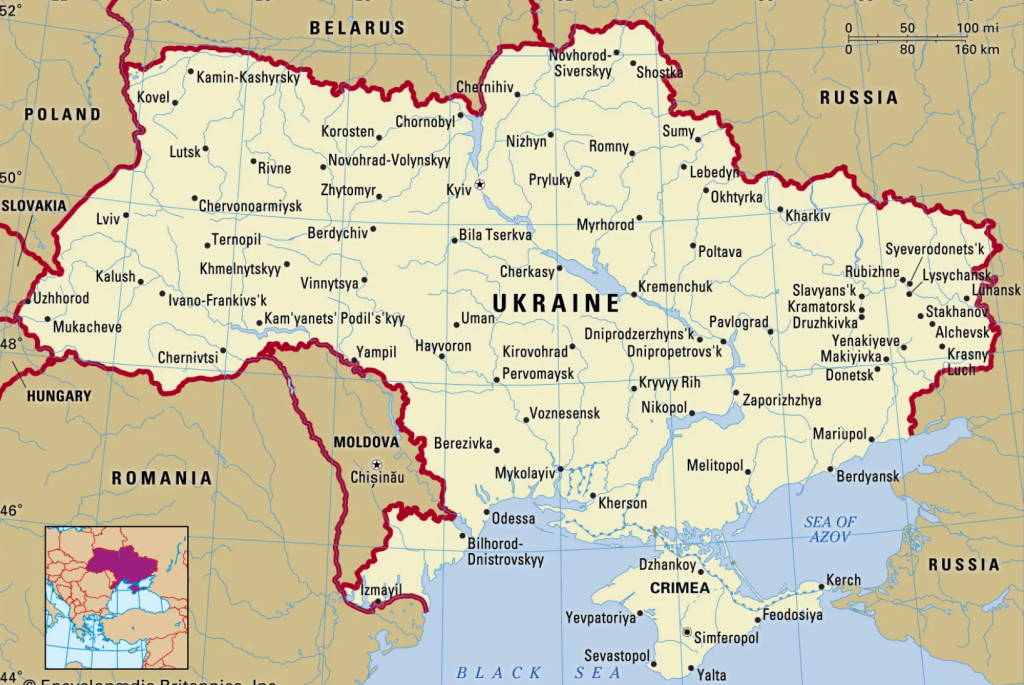
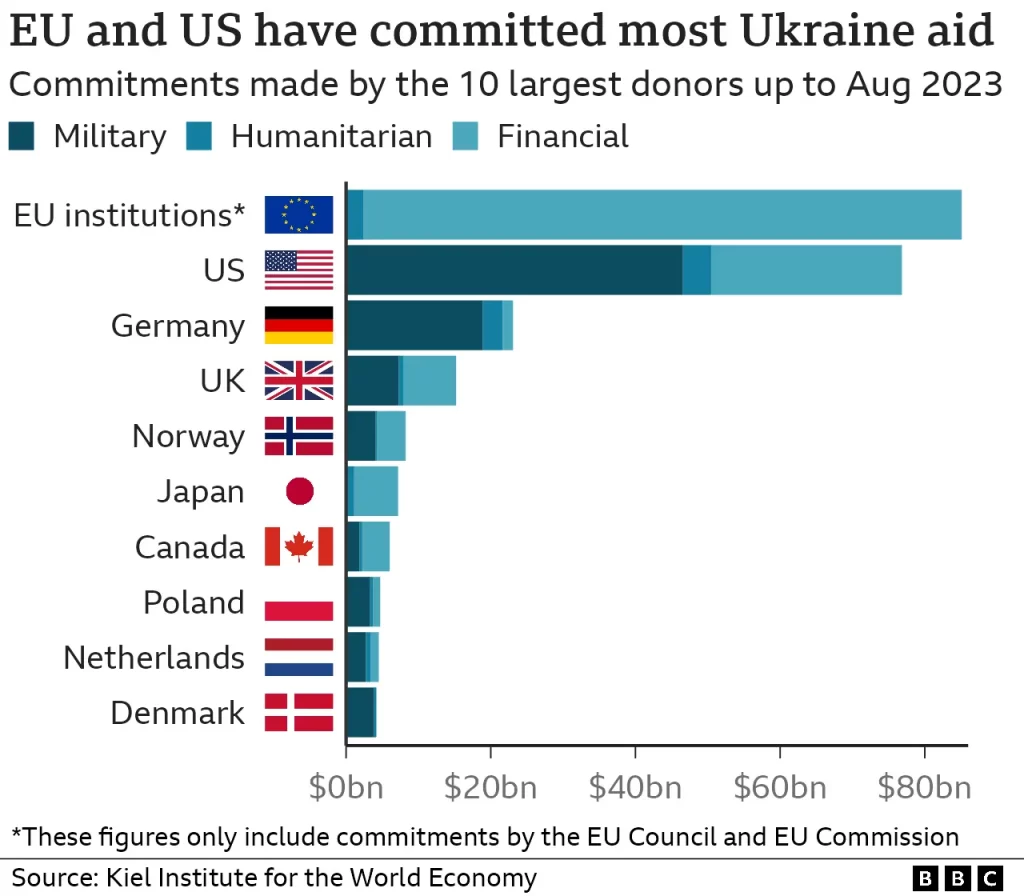
Israel:
- Israel enjoys strong support from the U.S., receiving extensive financial, military, and political backing. Despite being an undeclared nuclear power, Israel has faced minimal global scrutiny due to U.S. protection. It is the largest recipient of American aid, with military assistance accounting for a significant portion of its budget.
- The U.S. and Israel are close military partners, collaborating in research, development, and weapons production. The Iron Dome missile defense system, for instance, is financed by the U.S. and incorporates American-made components.
- Additionally, the U.S. has consistently supported Israel diplomatically, recognizing Jerusalem as its capital, endorsing the annexation of the Golan Heights, and frequently using its veto power to block UN resolutions critical of Israel.
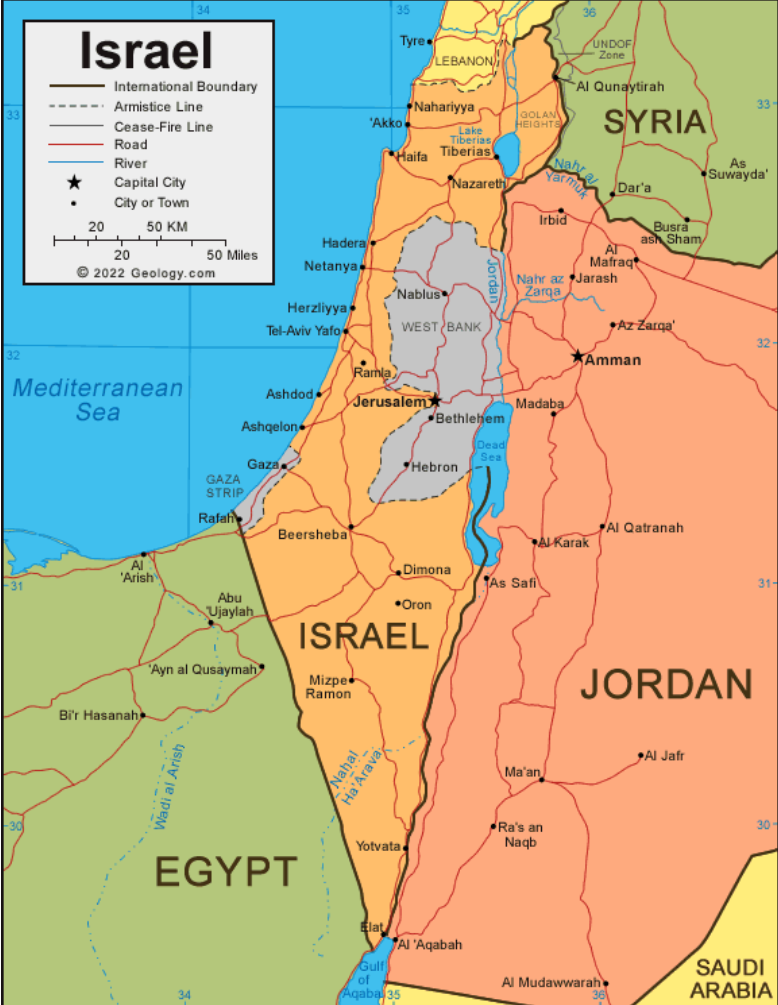
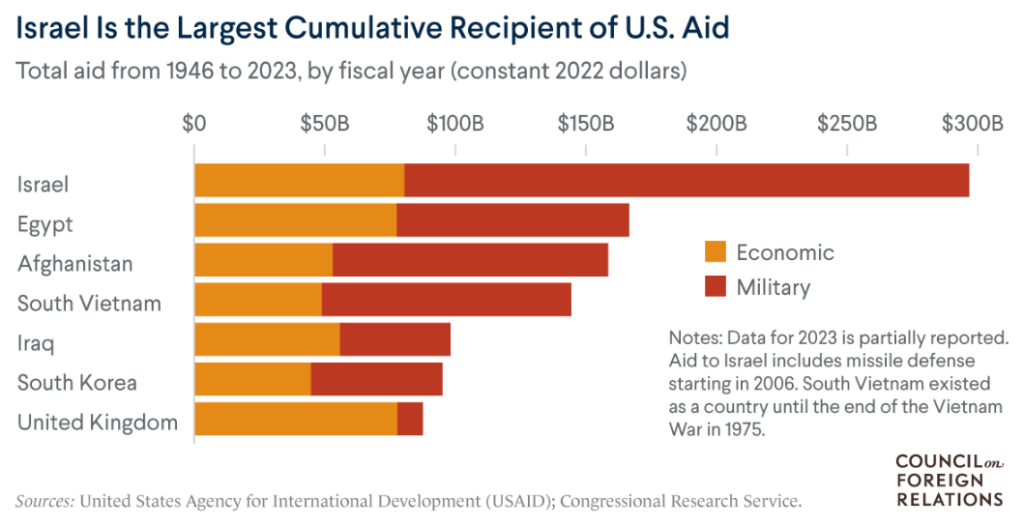
Taiwan:
- The U.S. officially recognizes Beijing but remains a significant international supporter of Taiwan. The U.S. is legally obligated to provide defensive weapons to Taiwan, and President Joe Biden has affirmed a commitment to defending Taiwan militarily.
- This stance has fueled tensions with China, which views perceived U.S. support for Taiwan as provocative. China has escalated “grey zone warfare” around Taiwan in response to U.S.-Taiwan exchanges, deploying fighter jets and conducting military drills.
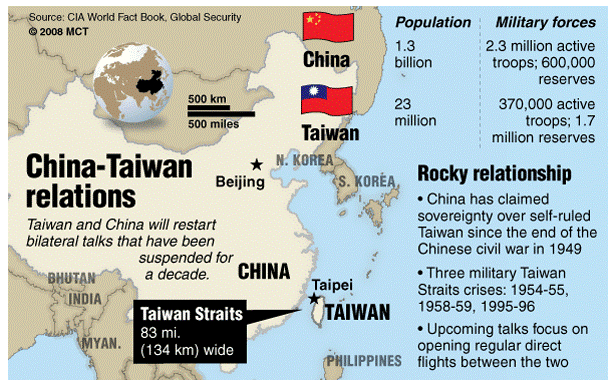
More on the Bills:
- These bills individually allocate nearly $61 billion in aid for Ukraine, over $26 billion for Israel, more than $8 billion for Taiwan and the Indo-Pacific region, and one bill pertaining to TikTok.
- These bills closely resemble a previous aid package that the Senate had endorsed earlier in the year, which was ultimately rejected when House Speaker Mike Johnson declined to bring it to the floor.
- Now, having secured passage in the Senate, the legislation will advance to President Joe Biden’s desk for his signature, as he has expressed his intention to do so.
- This action will facilitate assistance to Ukraine in resisting Russian aggression, extend wartime support to Israel and humanitarian aid to Gaza, and address territorial threats in the Indo-Pacific region linked to China.
- The significant passage of the omnibus aid package in the Senate represents a notable victory for President Biden, Democratic lawmakers, and Senate Republican leader Mitch McConnell. McConnell has devoted considerable effort over many months to secure aid for Ukraine, despite opposition from the far-right faction within his own party.
Another View Point:
- The opposition, which poses a threat to the plans of the Republican Party’s mainstream, includes members of the House Freedom Caucus, a group of ultra-conservative legislators who generally support the agenda of former President Donald Trump.
- They strongly oppose aid packages, viewing them as a challenge to their isolationist vision for the U.S. To garner their support, Mr. Johnson had to introduce a “sweetener” into the bill: a commitment to ban TikTok if it fails to divest itself of Chinese ownership within a year.
- It’s remarkable that the far-right faction wielded such influence over the congressional agenda, despite having a slim majority in the House, while both the Senate and the White House are controlled by Democrats.
Conclusion:
Nevertheless, this substantial aid package is likely the final one approved for Ukraine and other U.S. allies until after November when the White House, the House of Representatives, and one-third of the Senate face elections. If Mr. Trump emerges victorious, the rightward shift in Congress could gain significant momentum, empowering the MAGA movement to advance its agenda of institutional nihilism.





